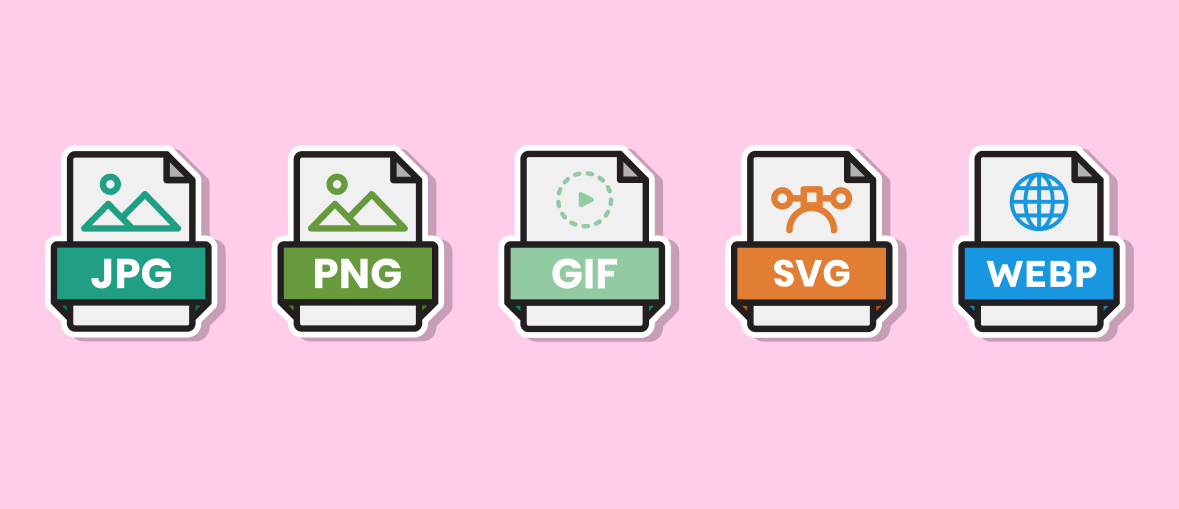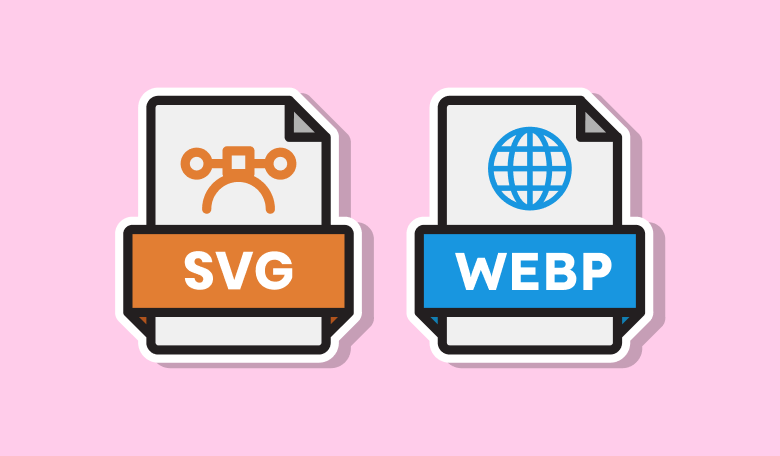In the ever-evolving landscape of web design and development, choosing the right image format might seem like a mundane task. However, it’s a critical aspect that can make or break your website’s performance, user experience, and even its search engine rankings. To help you navigate this intricate realm of digital imagery, we’ll embark on a journey to uncover the secrets behind selecting the best image formats for the web. Buckle up, because this isn’t just another how-to guide; it’s a captivating adventure into the world of pixels and bytes.
Chapter 1: The Digital Tapestry
Before we delve into the specifics of image formats, it’s crucial to understand the digital tapestry of the web. The internet is a diverse canvas, with different devices, browsers, and network conditions at play. To ensure your images look pristine and load lightning-fast across this dynamic canvas, you need to choose the right format. Our journey begins with the three most common image formats: JPEG, PNG, and GIF.

Chapter 2: The Versatile JPEG
JPEG (Joint Photographic Experts Group) is the go-to format for photographs and images with complex color gradients. Its lossy compression algorithm is designed to shrink file sizes while preserving visual quality. You’ll often find JPEGs gracing the web in all their high-resolution glory, making them the preferred choice for images that need to look stunning without causing sluggish load times.

Chapter 3: The Transparent World of PNG
Enter the world of PNG (Portable Network Graphics). When it comes to images with transparency, like logos and icons, PNG is the knight in shining armor. With its lossless compression, it retains pixel-perfect quality, even when the background is transparent. However, be mindful of file sizes; PNGs can get hefty, so choose wisely.

Chapter 4: The Animated GIF
While not as common as static images, animated GIFs have their own unique charm. GIFs are perfect for small, looping animations, like those viral cat memes you can’t stop watching. Their limited color palette and lossless compression make them suitable for short, simple animations.
Chapter 5: The Modern Web: WebP and SVG

As our journey continues, we encounter newer image formats that cater to the modern web’s demands. WebP is Google’s response to the need for smaller file sizes and faster loading times. It combines the best of JPEG and PNG, offering both lossy and lossless compression options.
On the vector side of things, SVG (Scalable Vector Graphics) reigns supreme. It’s not just an image format but a full-fledged XML-based markup language for describing two-dimensional vector graphics. SVGs are infinitely scalable, making them perfect for responsive design.
Chapter 6: Compression Techniques
To ensure your web images load swiftly, you’ll need to employ various compression techniques. We explore the world of lossy and lossless compression, as well as tools and plugins that can automate the process. Balancing image quality and file size is an art, and understanding the tools at your disposal is essential.
Chapter 7: Responsive Images
In a world of diverse devices and screen sizes, responsive design is a must. Learn how to implement responsive images using HTML’s ‘srcset’ and ‘sizes’ attributes, ensuring that your web content looks its best on every device.
Chapter 8: The SEO Connection
Images are not just about aesthetics; they play a significant role in SEO. Discover how to optimize your images for search engines through proper file naming, alt text, and image sitemaps. The right image format and optimization can boost your website’s visibility in search results.
Conclusion
Choosing the best image formats for the web is more than just a technical decision; it’s an art form. It involves balancing visual quality with load times, ensuring compatibility across various devices and browsers, and optimizing for search engines. Our journey has taken us through the classics like JPEG and PNG, the charm of GIFs, and the modern solutions of WebP and SVG. Armed with this knowledge, you can create a web experience that not only looks stunning but also performs like a well-oiled machine. So, go ahead and unveil the magic of image formats on the web – your digital canvas awaits!

